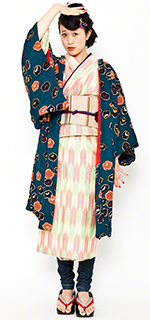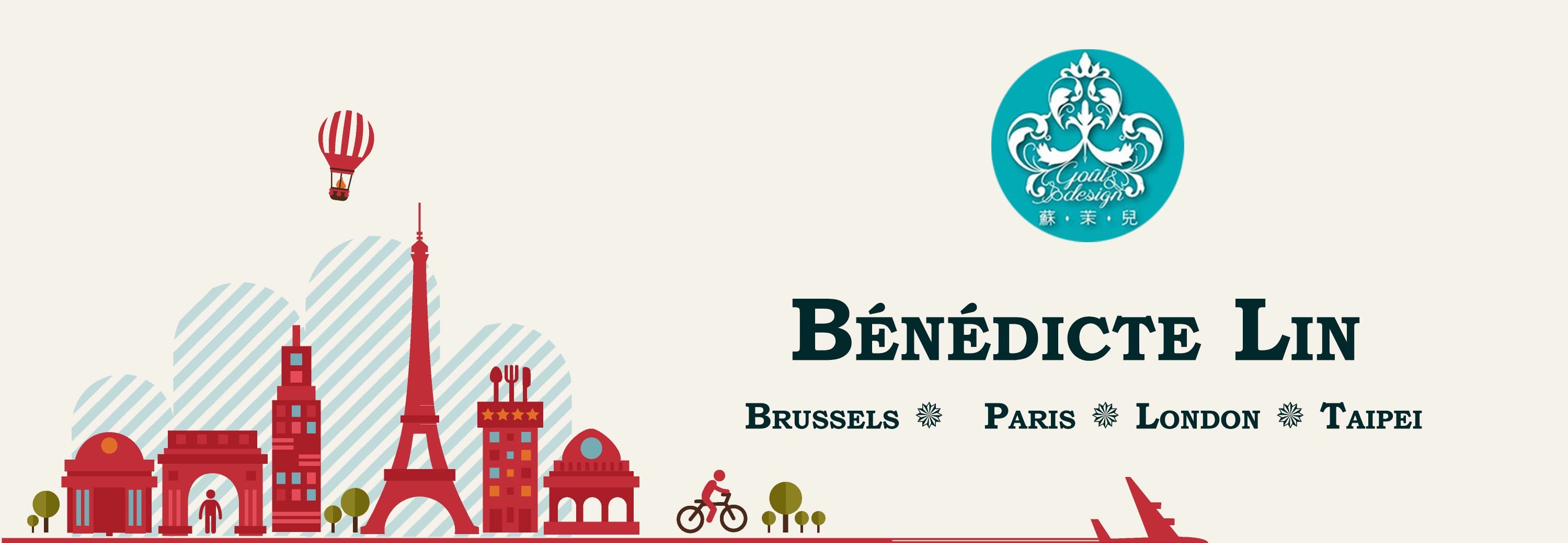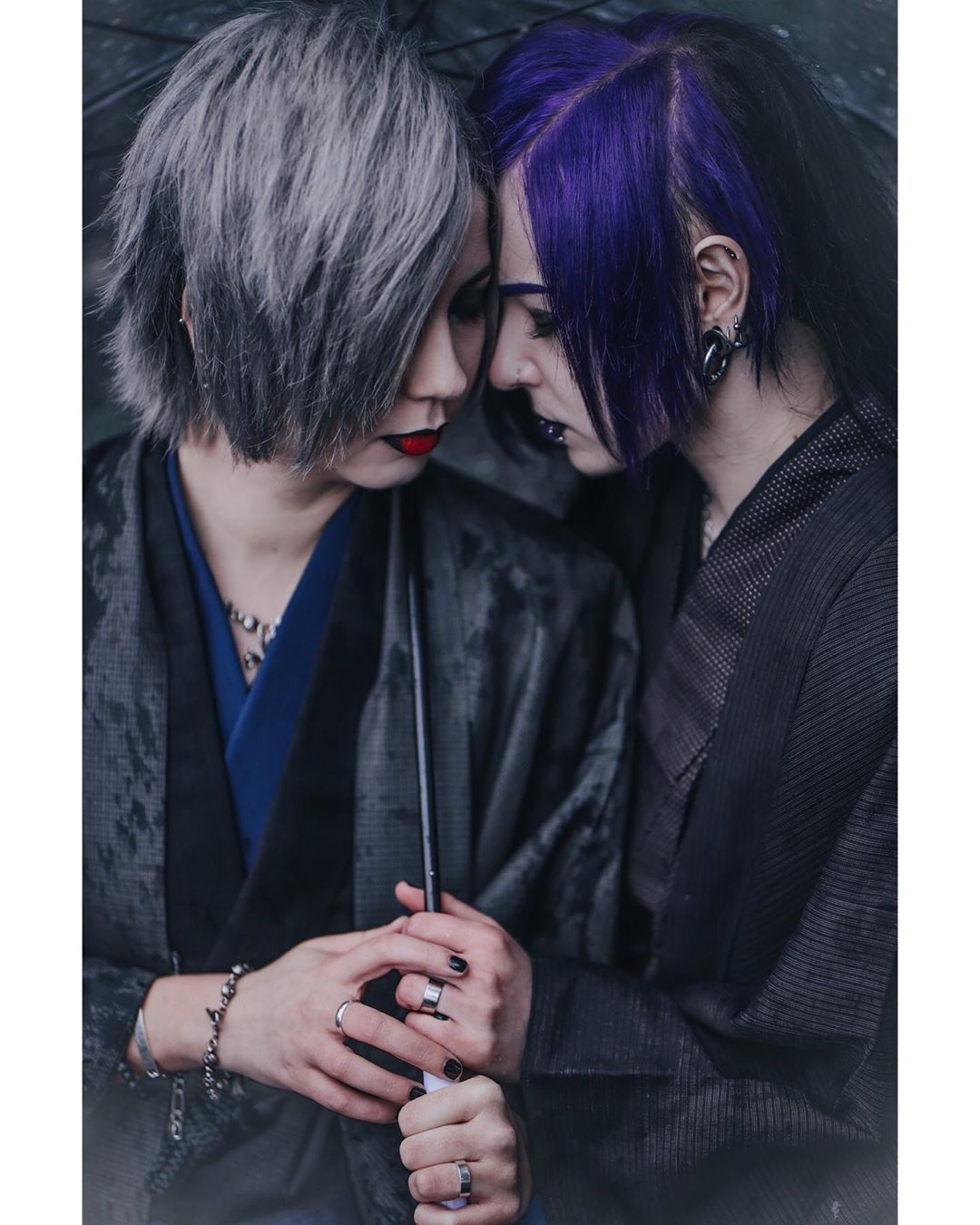In today’s fashion, trends know no bounds. You can make a fashion statement from any designs, cuts, and fashion concepts. From the fashion catwalk stage, to the down and dirty sports fields, fashion is everywhere.
The simple cut and design of the kimono has now turned it into something that can be worn as casual wear, apart from its original purpose of being an attire used in fighting sports or jiu-jitsu. Recent years and fashion trends have seen many variations done on the classic kimono, but underneath all those tweaks and variations, it is still essentially a kimono. Since different types of men also have different tastes when it comes to clothing, we see more and more men who are willing to buy a BJJ kimono. Shopping for a kimono garment would be easier if you familiarize yourself with the unique cuts and designs of these attires. You would then be able to tell them apart.

Fashion trends have constantly introduced various elements which, when incorporated into apparels, will set them apart from all the rest. You only need to take a look at the number of fashion elements used on the kimono. First, there is the fabric used for the garment. The fabric can be categorized into weaves that make the fabric. When you shop for a BJJ kimono, you will come across terms like a single weave kimono, a pearl weave, or a double weave, hybrid weave, honeycomb, and gold weaves. You couldn’t really say that this or that weave is the best among them since it is more about the pattern and strength, really, that will serve as the deciding factors when considering the fabric of the attire.
The weight of the attire is also another major consideration. It is human nature to be aware of the clothes that we wear. Naturally, you would wear light and airy clothes during those days when the sun is high or the temperature is at its peak. Come winter time or the cold season, the thick clothes will have to be taken out of the closet. The traditional kimono was weighty, and this was common in the original kimono fashion when traced to its roots in Japan, which was a whooping 2-3kgs. However, the modern day version in the Brazilian side has taken a liking to keep the kimono (also called Gi) as light attire. The weave of the fabric of the kimono then becomes important, as people make it a point to choose a weave that is light yet still strong even when used for sport in jiu-jitsu.
A common sight on the kimono attire is a patch or two placed on the torso or arms. The patch could either show the company logo or the name of the maker of the attire. The patch would be of just the right size, not too big to compromise the style and the design of the kimono but still functional enough. Instead of patches, however, recent fashion developments are now making use of embroidered branding, which is fast becoming an accepted element of fashion in BJJ kimonos.
When you focus on pants, the kimono attire has three variations of pants. While weighing options, comfort is pitted against the strength of the fabric. Although comfort is a given when it comes to all kimonos, you would have to be particular about the strength of the fabric, especially when it is meant to be used for jiu-jitsu matches. Other fabrics used for pants include canvas and drill. A black BJJ kimono is quite difficult to come by. However , the two main colors most BJJ kimonos come in are blue and white. The three are the main and accepted colors for the kimono attire.
, the two main colors most BJJ kimonos come in are blue and white. The three are the main and accepted colors for the kimono attire.
A new look: Modern kimono designers and stylists are moving away from traditionalism in an attempt to inspire new passion in the formal Japanese garment.
‘A kimono is not supposed to be fast fashion’
Stasia Matsumoto can predict how her customers will react when they see themselves dressed head to toe in a traditional kimono, even before they have had a chance to glance at themselves in the mirror.
It’s a reaction the professionally trained Tokyo-based kimono stylist and photographer has witnessed many times since she took went full-time with her company, InKimono. But she likes seeing the looks of admiration and joy flash across her customer’s faces time and time again. She says it’s her favorite part of the job.
“They always always say, ‘Oh, it makes me feel so beautiful, I feel beautiful wearing this, I feel so elegant, I feel so graceful,’” Matsumoto says.
As she dresses her clients, wrapping them in layers of silk and other fabrics, Matsumoto explains how each fold, tuck and tie of the kimono is deliberate and loaded with meaning. She explains every little detail: the style of the kimono, the era from which the pieces originated and the choice of fabric.
The Polish-born stylist and certified kimono teacher-in-training is well-acquainted with the rules and traditions of kimono dressing, even the little known tips of social etiquette regarding how the wearer should sit and conduct themselves, such as not letting the sleeves slip away from the arm and exposing the bare skin beneath.
When Matsumoto’s clients are dressed in her collection of traditional and vintage kimonos, they are carrying much more than the weight of layer upon layer of heavy fabric, but the responsibility of wearing garments imbued with a long, rich history, originating from the Heian Period (794-1185).
“I would really like people to understand just how much there is to the kimono, how much study it involves, how much hard work it is, how much patience, how much craftsmanship, dedication and passion,” she says.
The word “kimono” itself made headlines last week after Kim Kardashian West announced the launch of her new shapewear endeavor, Kimono. It’s the latest entrepreneurial exploration by the 38-year-old American media personality and businesswoman. The decision was met with public outcry and backlash as social media users from Japan and around the world (as well as the mayor of Kyoto) protested the trademarking of the word, sharing pictures of themselves proudly wearing their national garments, many of which had been handed down through individual families for generations.
For her part, Kardashian West told the New York Times in a statement that the word written in a particular font was up for the trademark and that she has the deepest respect for the significance of kimono in the Japanese culture.
“The whole thing is ridiculous, it’s disrespectful,” Matsumoto says. “There is kimono underwear. It exists. But the thing is, it’s completely opposite to what (Kardashian West) created. It’s not supposed to be fast fashion, it’s not supposed to be mass produced, like the brand. I don’t see how it can be positive for her new brand in the long run.”
Kardashian West isn’t the only person who has found herself in a problematic situation involving the kimono. In 2015, a small group protested the garment’s involvement in an exhibition at the Boston Museum of Fine Arts, and people overseas who wear it at Halloween are often accused of cultural appropriation.
In Japan, however, the takeaway has been different in that non-Japanese people who wear the kimono are seen as taking part in a cultural exchange, one the Japanese side largely believes to be positive.
The modern kimono industry has been slowly declining since it peaked in 1975, with a market value of ¥1.8 trillion, according to the Ministry of Economy, Trade and Industry. The latest reports from Yano Research Institute reveal the market value hit ¥271 billion in 2017, slightly down from ¥278.5 billion in 2016.
According to Anji Salz, a Tokyo-based kimono stylist and writer, the kimono transitioned from everyday wear to formal wear, usually worn at weddings, graduations, christening, funerals and festivals. After Western-style clothing was introduced to Japan, the wearer could style without a set of traditional dress rules.
“I think it kind of scared a lot of people away,” says Salz, owner of Salz, a fashion website selling kimono and offering in-person kimono styling and photography sessions. “It was difficult to access and the rules were strict, and you don’t want to make any mistakes.”
Originally from Northern Germany, Salz first encountered Japanese culture through music, before studying the language and receiving her first yukata (a lighter summer kimono) as a gift. But it was an experience at a rental store in Kyoto that cemented her passion, sparking her obsession with the garment and her desire to learn and teach kimono culture, etiquette and style.
“For me, it was a life-changing moment,” Salz says. “I really loved the way the kimono made me feel. I felt more calm and gentle toward my surroundings, versus when I’m in Western clothing.”
Since she launched her business in March, Salz says she’s witnessed the positive effect social media is having in reigniting interest in the kimono, particularly for younger generations. The wide availability of kimono dressing tutorials on YouTube is making the complex process appear more accessible and vintage stores and flea markets are making purchasing kimonos more affordable.
 “By wearing kimono, you can learn a lot about Japanese culture and about Japan,” Salz says. “I think it’s important to indulge in other countries’ cultures and garments, and have a nice exchange to understand each other, especially since we are so connected through the internet.”
“By wearing kimono, you can learn a lot about Japanese culture and about Japan,” Salz says. “I think it’s important to indulge in other countries’ cultures and garments, and have a nice exchange to understand each other, especially since we are so connected through the internet.”
While Salz makes it her responsibility to educate her customers on the historical and cultural importance of the kimono, not everything in her workshop is dictated by tradition.
“You can mix and match patterns and colors, you can do color blocking, you can do flowers — with stripes, with checkers, with whatever — and it looks amazing,” she says. “It’s just so much fun.”
While traditionalists may be against dissembling the customs and traditions that have accompanied the kimono for centuries, Japanese neo-kimono stylist Yui Michael (pronounced “Michelle”) says that is exactly what must happen if the kimono is going to be worn in Japan centuries from now.
“It’s a new kimono style,” says Yui of her work. “I mix the kimono with Western clothes and accessories, like boots and shoes. It’s easier to wear this instead of a traditional kimono.”
Yui is no stranger to kitsuke, the art of wearing the kimono in its most traditional form. Before transitioning into professional styling, Yui was a kimono dresser for more than eight years, but found her work, which was meant to be preserving tradition, was having the opposite effect on some customers, who became disengaged with the numerous rules of kimono wear.
Working with both Japanese and non-Japanese customers, Yui’s kimono styling is about rediscovering the kimono in a new light, as a fashion choice that can transcend cultural confines. Yui is bringing her love of kimono to France for the upcoming Japan Expo in Paris from July 4 to 7, where she will encourage participants to experience a yukata.
“Everybody has a choice to wear whatever they want to,” says Yui. “For me, (wearing kimono) is just a fashion choice, so I want everybody to choose their own way to wear kimono.”


